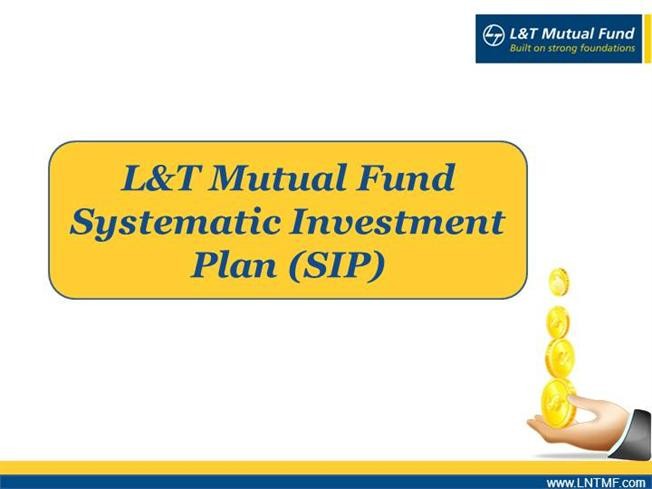A few mutual funds still let investors start investing with small sums
Post on: 31 Июль, 2015 No Comment

Most of the mutual fund industry has a special place for small, do-it-yourself investors. It’s a magic land called somewhere else.
Fortunately, though, a few fund families will let you start small. Still, if you want your account to grow significantly, you’re going to have to increase your contributions over time.
Funds that let you start an account with very little money are typically those sold by brokers. The American Funds Growth Fund of America, the largest fund in the land, will let you start with $250. Davis New York Venture will get you going with an initial $1,000. Van Kampen Comstock will take any amount to start.
But there are two drawbacks with broker-sold funds, at least from the point of view of a small investor. The first is the sales commission, or load, which will consume up to 5.75% of your initial investment.
In theory at least, you’ll get a broker’s specialized advice in return for that sales commission. Which brings us to our second drawback: 5.75% of $500 won’t buy you much of a broker’s attention.
On the other hand, small investors may not need a lot of investment advice, which is why no-load funds are generally a good deal. No-load funds don’t charge a sales fee, or load, and they don’t give you investment advice. If you know where you want to invest, you can put more of your money to work in a no-load than in a load fund.
Unfortunately, many no-loads demand fairly steep minimum initial investments. The largest no-load fund, the Vanguard 500 Index fund, will want a check for $3,000 to open an account. Fidelity Equity-Income fund, the next-largest non-Vanguard no-load fund, will ask for $2,500 to start.
In the financial world, where companies often round to the nearest million, $2,500 isn’t a lot of money. In the real world, where the median family income is $57,000, $2,500 is a great deal of money. (Median means half of all families earn more, and half earn less.) If you’re young and just starting to save, $2,500 may be a fortune.
Fortunately, a few solid no-load funds will let you start with $500 or less. We’re going to concentrate on stock funds. If you have 10 years or more before you’ll need your money, a stock fund is the place to be. You’ll likely earn more from a stock fund than in, say, a bank CD. Two suggestions:
Excelsior Mid-Cap Value and Restructuring. This fund looks for stocks of midsize companies that are cheap relative to their earnings. Ideally, the earnings of such companies will benefit from improvements in their industry or in the company’s management.
Homestead Value. This large-company stock fund was created in 1990 to give members of the National Rural Electric Cooperative Association access to professional money management. It has always been open to outside investors, too. The fund has a fine record and doesn’t charge investors much for its services.
You can expand your choice of funds, however, if you open an individual retirement account. Funds like their customers to invest in IRAs because they tend to be stable accounts that keep the money under management’s roof for the long term.
If you opt for an IRA, choose a Roth. With a Roth IRA, you invest after-tax money, and your earnings will be tax-free when you withdraw them at retirement, provided you’ve held the account for at least five years. You can withdraw your principal penalty-free at any time. Here are two first-rate funds that will let you open IRAs for $250 or less:
Hennessy Cornerstone Growth. This fund buys 50 stocks that meet its criteria, holds them for a year and then rebalances the portfolio. It’s a simple formula that has produced above-average returns for a decade.
USAA Capital Growth. Run by Batterymarch Financial Management, a respected institutional money management firm, this fund can and does invest nearly anywhere in the world.
If even $250 is too much for you to start, some funds will let you open an account for just $50, provided you let the fund company tap your bank account electronically each month until you meet the fund’s normal minimum.
T. Rowe Price, for example, will let you start an automatic investment plan at nearly all its funds for just $50. You might consider T. Rowe Price Equity Index, which tracks the Standard & Poor’s 500-stock index. Another choice: T. Rowe Price Equity Income, which has surpassed the S&P 500 by an average 1.5 percentage points a year for 15 years.
Finally, don’t overlook your 401(k) savings plan at work particularly if your company matches your contributions. Peculiarly, fund companies that turn up their noses at $50 a month in a non-retirement account are happy to take $50 a month if it’s in a large company’s 401(k) plan. It’s magic!
John Waggoner is a personal finance columnist for USA TODAY. His Investing column appears Fridays. Click here for an index of Investing columns. His e-mail is jwaggoner@usatoday.com














